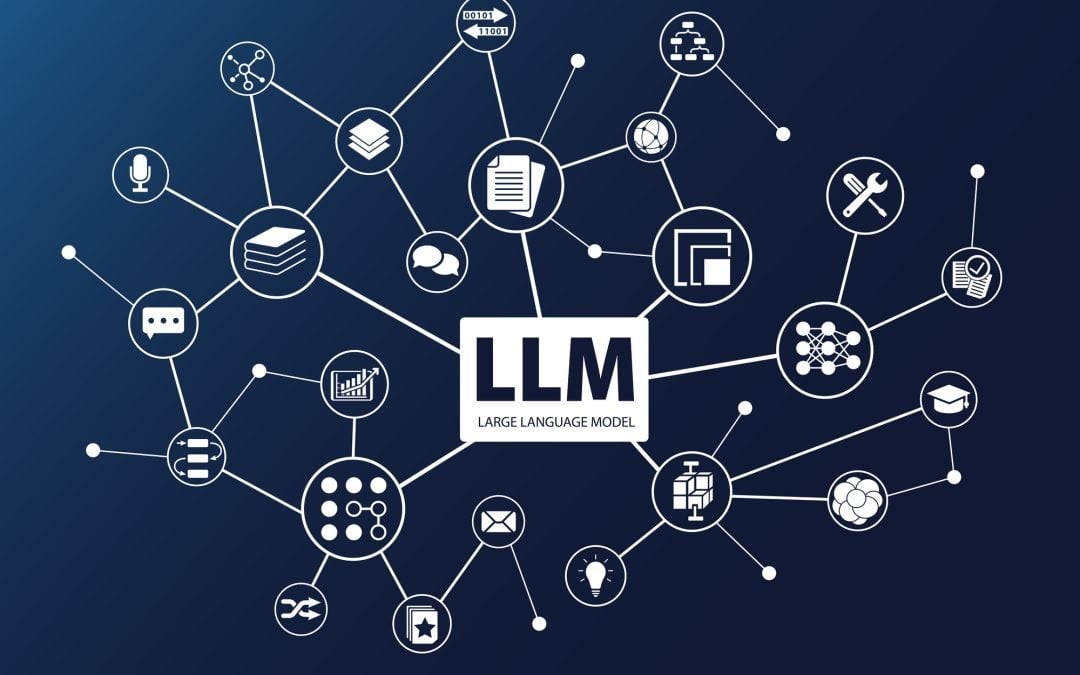
In the digital age, intelligence artificial is becoming ever more sophisticated, and at the heart of this revolution we find i models linguistic. Quite right poco ago we saw how even the phone companies (and not only) like Xiaomi are thinking about their own language model. But what exactly are they and how are they transforming the way we interact with technology?
Topics of this article:
What are language models and how do they work?
Their most basic level, language patterns are computer systems atrained to understand, interpret and generate language in a manner that mimics the human ability to communicate. These models they “learn” the language through the analysis of huge amounts of data texts, such as books, articles and web pages, absorbing the structures, rules and nuances that define a language.
The functioning of language models is based on complex algorithms and networks neural. When given a sequence of words or a phrase, these models use the information learned to predict the next word or generate a relevant response. For example, if we start a sentence with "Today it's a lot…“, a language model could complete it with “hot" or "cold“, based on the context and information he learned during his training.

With the advent of deep learning, language models have become increasingly sophisticated. Models like OpenAI's GPT-3 or Google's BERT are capable of incredibly complex tasks, from translating languages to creating original content, and even programming. These advanced models use deep neural network architectures, allowing them to capture and understand linguistic nuances that were previously beyond the reach of machines.
However, it is important to note that despite their advanced capabilities, language models do not "understand" language in the way humans do. Rather, they operate through recognized patterns and associations between words and phrases. This means that while they may produce responses that seem coherent and sensible, they have no real understanding or awareness of the meaning behind the words. This, among other things, should reassure us about the question we've been asking ourselves for years: "Will AI outrun us?"
History and evolution of linguistic models
The history of language models is deeply rooted in the quest to create machines capable of understanding and generating human language. This journey begins in the 50s and 60s, when the first attempts at machine translation were introduced. Although these early models were quite rudimentary and based on fixed rules, have laid the foundations for future innovations.
With the advent of machine learning techniques in the 80s and 90s, we have seen a significant change in the approach to understanding language. Instead of being based on predefined rules, the new models started ad “learn” directly from the data. This has led to the development of more sophisticated models such as neural networks, which have the ability to recognize complex patterns in data.
The last decade has seen a rapid evolution thanks to deep learning. Models like Word2Vec e fast text have revolutionized the way words are represented inside machines, better capturing context and linguistic nuances. But it is with the advent of Transformers, such as BERT and GPT, that we have reached new heights. These models, thanks to their innovative architecture, are able to understand context in ways that previous models could not.
Today, with access to massive amounts of data and computing power, language models continue to evolve at an unprecedented pace, promising to further push the boundaries of what AI can accomplish in the field of natural language processing.
GPT-3: An example of excellence in language models
Generative Pretrained Transformer 3, Better known as GPT-3, is one of the most advanced and revolutionary language models ever created. Released by OpenAI in 2020, this model has aroused great interest and curiosity in both academia and industry, thanks to its near-human capabilities to generate texts.
Unlike its predecessors, GPT-3 has 175 billion parameters, making it the largest language model ever produced up to that time. This vast network of parameters allows him to capture and understand an incredibly wide range of linguistic, cultural and contextual nuances.

But what makes GPT-3 so special? His versatility. While many language models are trained for specific tasks, GPT-3 can be used for a wide variety of applications, from creative writing to programming, from language translation to solving complex problems. He has proven he can write poetry, articles, software code, and even answer philosophical questions with one coherence and a depth that challenge the distinction between machine output and human production.
However, despite its impressive capabilities, GPT-3 is not without its challenges. His training requires huge amounts of energy and computational resources, and there's always the question of bias in training data. But one thing is certain: GPT-3 marked a milestone in the history of artificial intelligence, showing the world the almost limitless potential of advanced language models.
Ethical challenges and responsibilities
While these models offer game-changing capabilities, they also bring with them a host of challenges that go far beyond mere technology.
First, there's the question of prejudice. Language models are trained on large datasets that reflect the language and culture they come from. If this data contains biases or stereotypes, the model will assimilate them, potentially perpetuating and amplifying such biases. This can lead to inaccurate or, at worst, harmful decisions and responses, especially when used in critical areas such as healthcare, law or human resources.
Furthermore, the transparency e accountability they are fundamental. While models like GPT-3 can produce impressive results, understanding how they arrive at a particular conclusion can be complex. Without a clear understanding of how they work, how can we trust their decisions? And if they make a mistake, who is responsible? Is it the company that created the model, the user who implemented it, or the model itself?
Finally, there is the issue of privacy and data security: Italy knows it well. Language models require huge amounts of data to train. How is this data collected, stored and used? Are users aware of and in agreement with how their information is being used?
Tackling these challenges requires a multidisciplinary approach involving experts in ethics, law, sociology and, of course, technology. Only through active collaboration and open debate can we ensure that language models are used ethically and responsibly.








